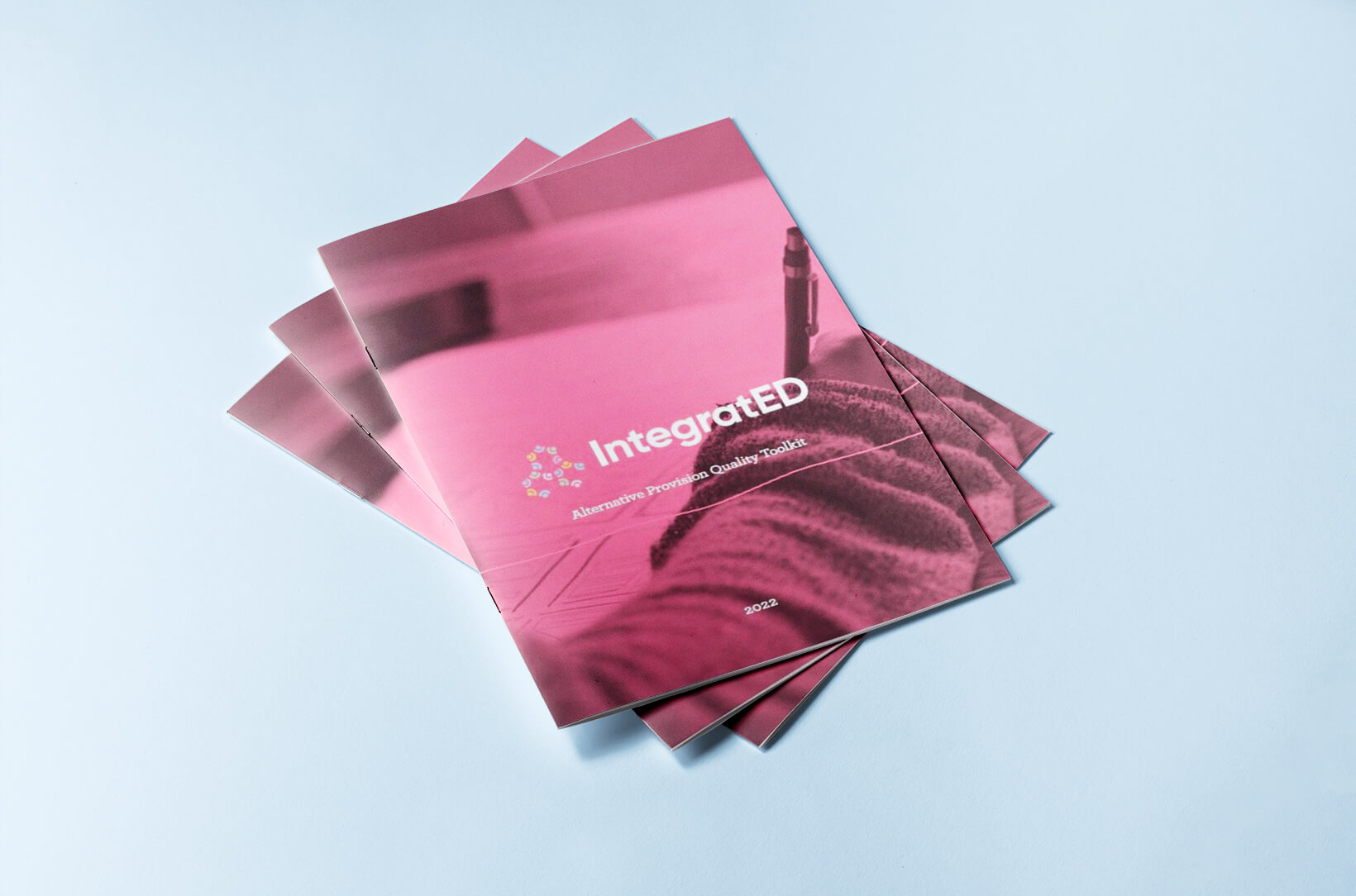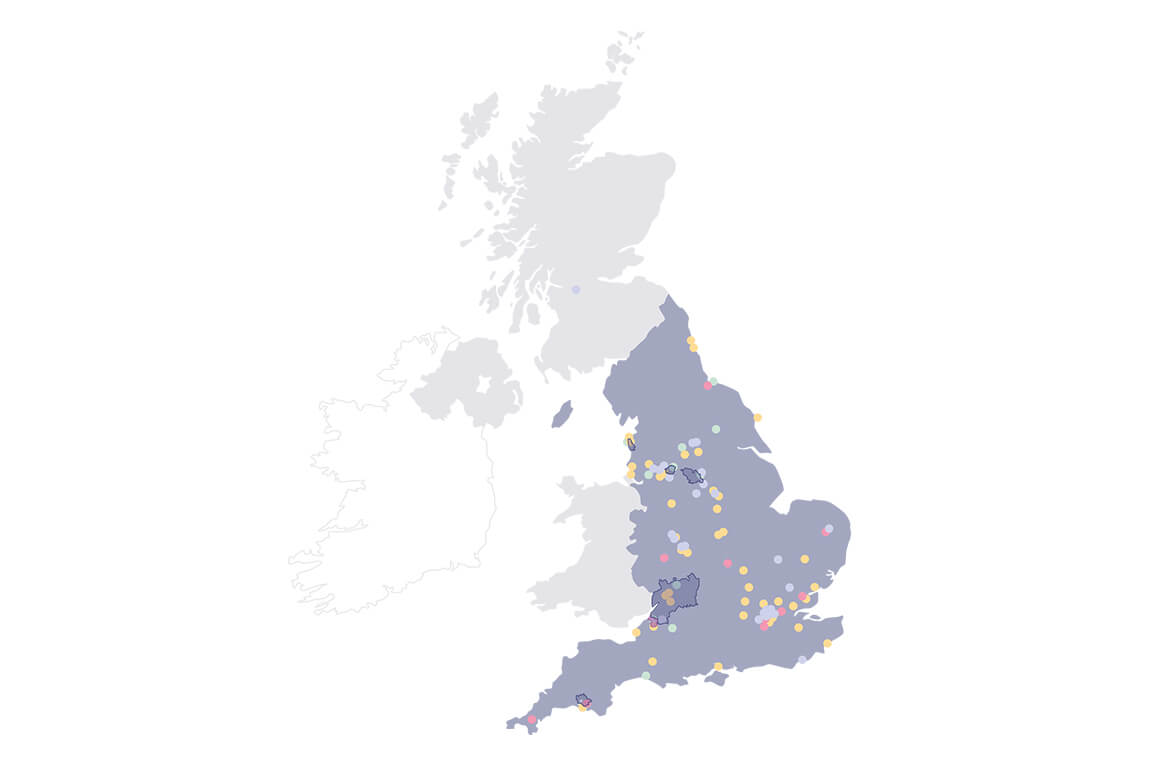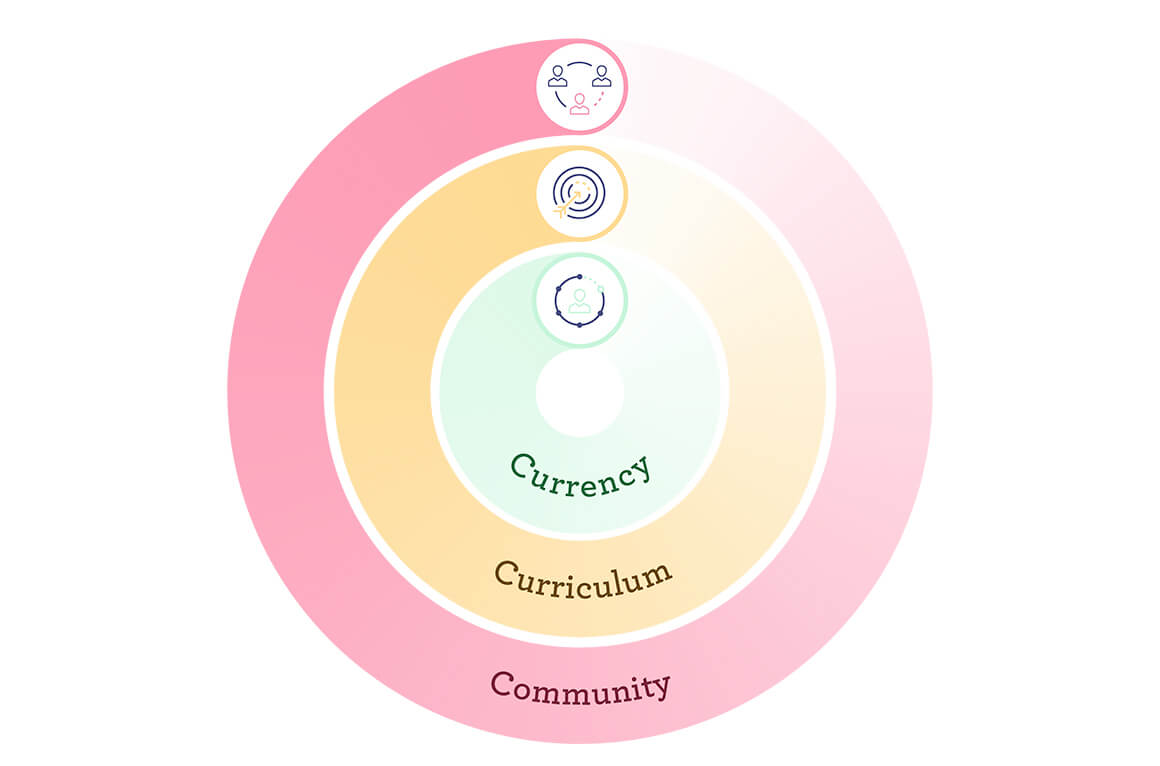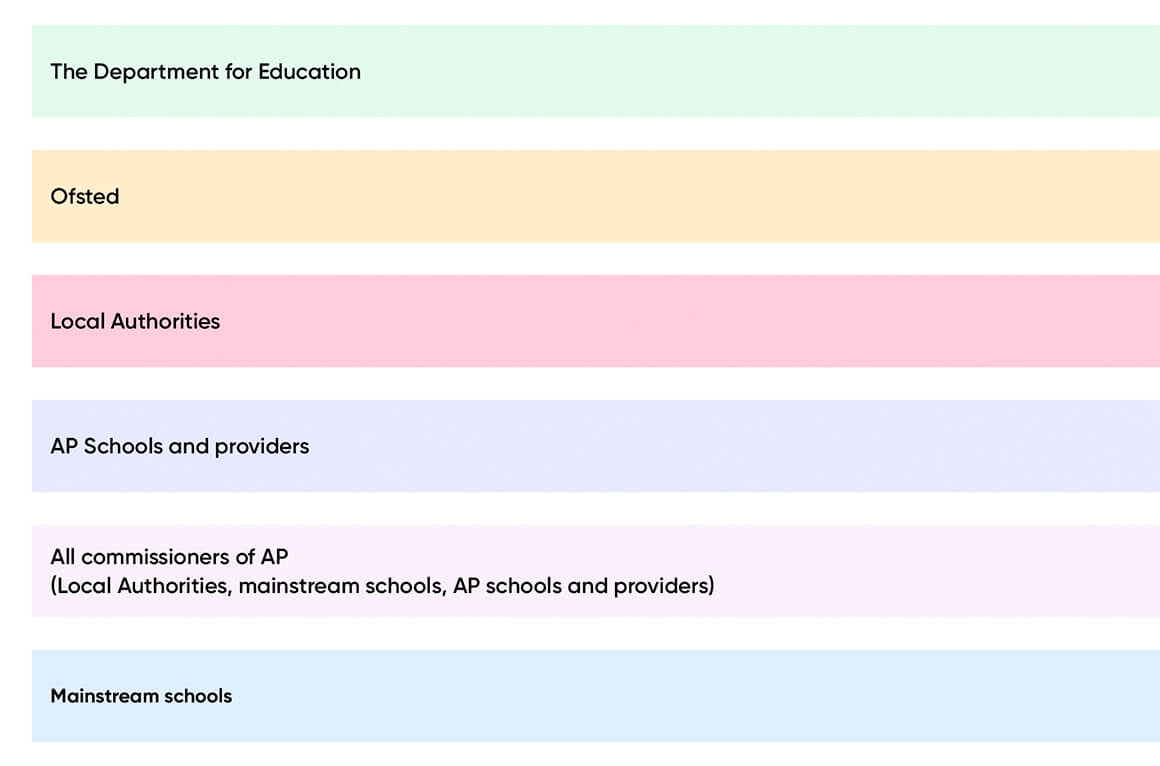
Currently, there are significant factors which impede efforts to truly understand AP practice and performance and achieve meaningful and sustainable system improvements. As a result, there are vast inconsistencies in quality across the sector and some AP pupils do not receive the high-quality education and support they require and deserve.
The AP Quality Toolkit has been developed through extensive collaboration with AP sector stakeholders and represents the most viable and comprehensive approach ever developed to evaluate and improve AP quality.



